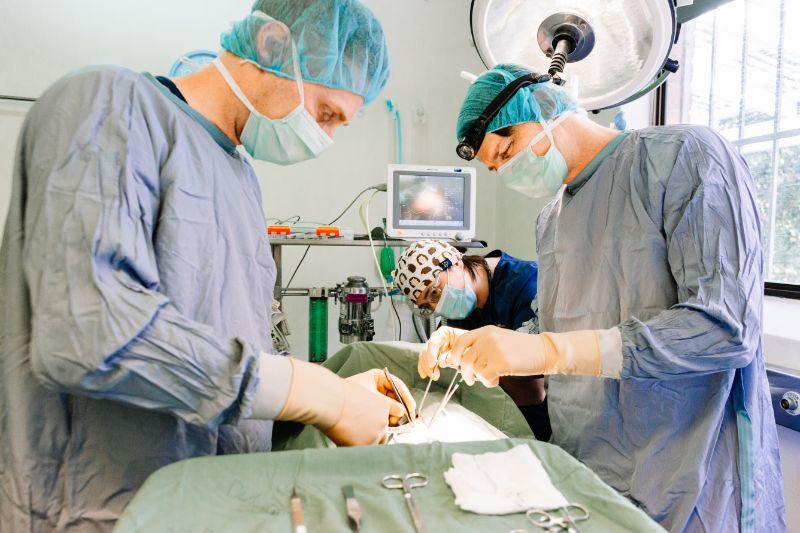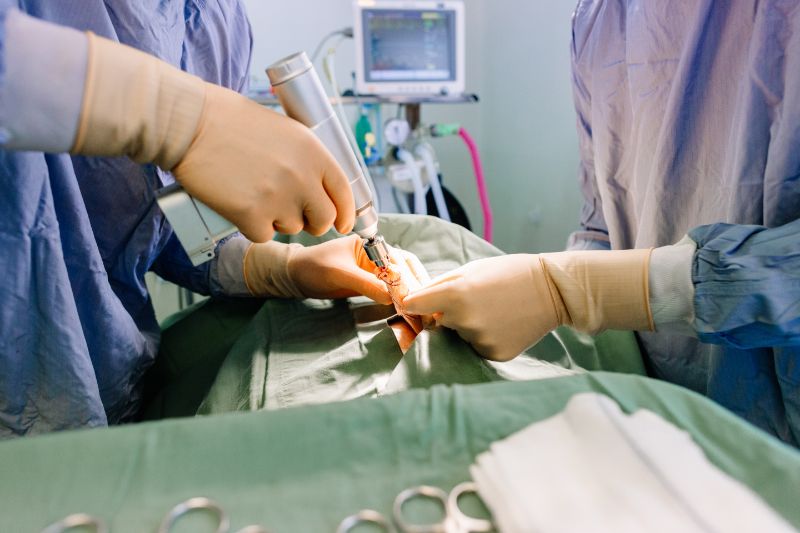Cruciate Repairs in Dogs and Cats
Let’s get your pet back to to enjoying the most out of life!
Cruciate injuries are the most common orthopedic injury in dogs and if your pet suddenly starts limping or holding up a back leg, it could be a sign. The cruciate ligament in your pet’s knee helps stabilize the joint, and when it tears—often due to a twist from running or jumping—it can be very painful.
If left untreated, cruciate injuries can lead to more serious issues like meniscal tears or kneecap problems and in all cases will lead to arthritis. That’s why it’s so important to get your pet checked right away. Early treatment, including surgery, can help your pet recover fully and return to their usual activities.
At Eastwood Veterinary Hospital, our experienced surgeon, Dr. Michael Stephen, performs both Tibial Plateau Levelling Osteotomy (TPLO’s) or the Lateral Sutures technique (nylon implants). He’ll help choose the best option based on your pet’s needs, age, and size to ensure the best outcome.
With the right care, most pets recover well and get back to enjoying their favourite activities. If you suspect a cruciate injury, don’t wait—contact us today to help your dog get back on their feet!
TPLO Cruciate Repairs
- We guarantee surgery within 7 days
- Price includes: TPLO surgery, medication and post-op radiographs on the day of surgery
- PLUS the first 4 post-operative checks at which time we give a course of zydax injections to promote long term joint health
- Please note: any complications experienced will incur additional costs that would be discussed with you at the time.
Cruciate Surgery Explained
Our experienced surgeons will discuss the options, costs and pro’s and con’s with you. We generally recommend the options of Tibial Plateau Levelling Osteotomies (TPLO’s) for dogs above 8kg and lateral sutures (nylon implants) for smaller dogs and cats.
Gap Only Payments Available!
We work directly with most insurance companies so that you only have to pay the gap for any hospital treatment or surgery. Sorted!




